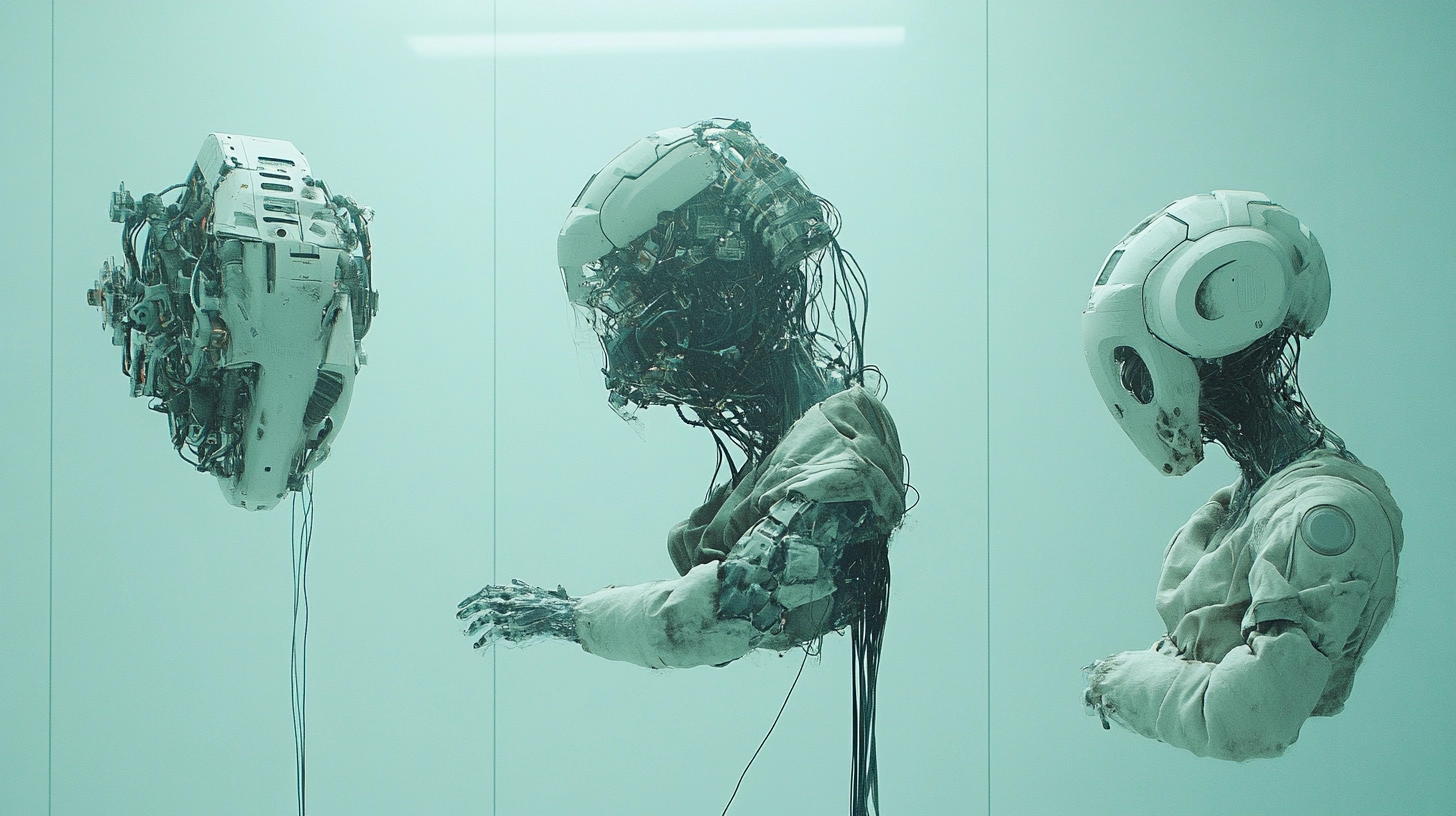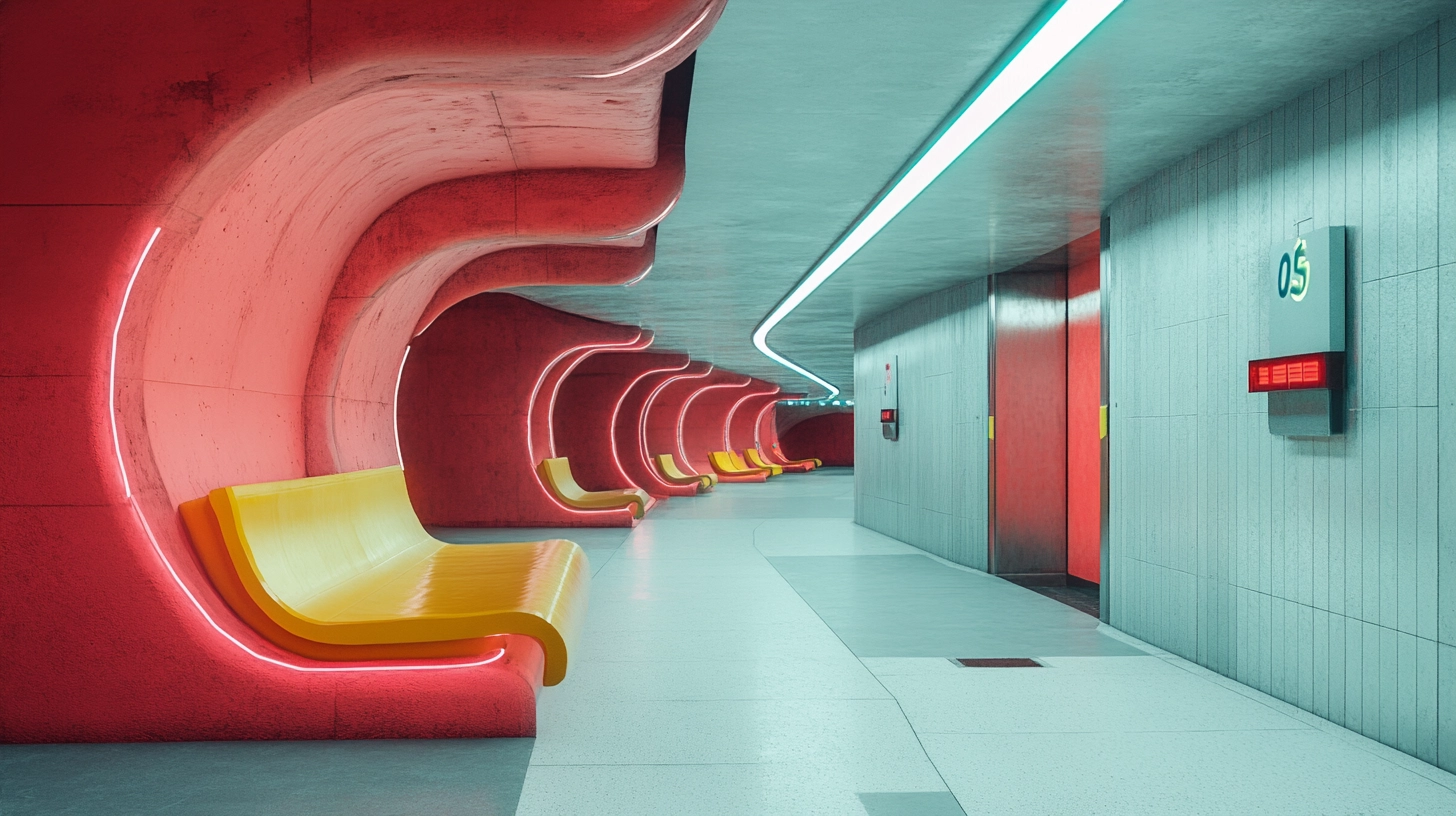
Between now and 2030, the center of gravity in design shifts from pushing pixels to directing systems. You’ll still sketch, pick type, and tune color—but the leverage comes from how well you define problems, curate AI output, and land decisions with stakeholders. If you want a quick look at where production quality is already headed, browse the live catalog on CreativeStock.ai—it’s a tidy snapshot of AI-generated assets that are actually ready for brand work.
What stays: taste, strategy, and trust
The rumor that “AI replaces designers” misses the point. Automation bulldozes repetition; taste survives. Taste is pattern literacy plus values—what feels on-brand, ethical, and timely. That layer is still human in 2030. If you need a sanity check, read this grounded take that AI can’t touch cultivated taste, the judgment you’ve earned through references, critique, and time: AI is coming for design jobs—but it can’t touch taste.
Translating that into workflow: start from well-structured bases, not blank artboards. For example, build from brand templates and focus your energy on narrative, not file setup. That’s how you keep the signal high while AI handles the grind.
What evolves: from maker to conductor
By 2030 your title might be the same, but your day feels different. You’ll generate multiple routes, prune fast, and conduct a stack that turns ideas into shippable assets. The productivity gains show up when routine steps compress and teams reallocate time to judgment and collaboration—a pattern echoed in large-scale analysis of generative AI and work (McKinsey’s outlook). In practice, you’ll maintain a small, opinionated set of AI mockups and ai templates so stakeholders can “see it in the wild” before you lock direction. That turns fuzzy feedback into specific choices.
What gets automated (and why that’s a gift)
Expect full automation of tedious steps: multi-format exports, background cleanup, batch variant generation, instant design previews, and even light copy exploration. Don’t fight it—use it. Your edge is deciding what “good” means and where the line is for your brand. A practical move: keep believable device contexts on hand so you can show UI in situ with zero drama; your preview grid should be one drag-and-drop away. When speed matters, stage concepts inside device & tech mockups and invite feedback on the story, not the file format.
Your 2030 stack: human-in-the-loop, AI-at-scale
A resilient stack looks like this:
- Brief & hypothesis (you)
- Generation & variants (AI)
- Curation & taste check (you)
- Contextual preview (AI mockups)
- Light test → decision (you)
- Systematize into templates (you)
The craft moves from one-offs to systems. You’ll promote winners into reusable kits—headers, banners, landing sections—so future campaigns start at 60% done. When you’re building top-of-funnel visuals, keep an organized set of headers & banners templates and treat copy, imagery, and CTAs as knobs you can turn without breaking the grid. That’s the “ai template” mindset done right: consistent structure, endless expression.
E-commerce & packaging: concept to shelf in hours
CPG and DTC teams live on velocity. You’ll iterate packaging concepts, swap flavors, localize labels, and test shelf impact without a weekly photoshoot. This is the sweet spot for realistic AI-generated mockups: you can preview dielines on a real-looking pack, run a quick heat-map or A/B, and only then commit to print. Start exploration with packaging mockups and you’ll get stakeholder buy-in earlier, because everyone can visualize the thing in context. It’s not “fake it”; it’s front-load the learning.
Apparel & social: variants on tap, taste in charge
Merch drops, collabs, and social grids will always chase novelty. AI can crank hundreds of safe variants—new colorways, placements, and caption sets. But the winning look still depends on your sense of culture and timing. Use apparel mockups to try the idea in fabric and lighting that feel real, then trim ruthlessly. For the content side, keep Customizable templates for stories and posts so you can adapt the style while guarding type, spacing, and rhythm. That’s how you get speed and coherence.
Pricing, value, and the billing shift
As routine production automates, the argument for hourly billing weakens. By 2030, more studios will price outcomes—conversion lifts, launch speed, and brand coherence—backed by systemized execution. Your margin lives in the gap between how fast your stack runs and how hard it is for others to copy your taste. If you’re formalizing that stack now, compare plans on Pricing and invest where you remove the most friction: asset search, versioning, and collaboration.
A 7-move playbook you can run this week
- Name the bet. What would “winning” look like—sign-ups, sell-through, recall?
- Gather signals. Pull 6–8 references that match intent and constraints.
- Generate routes. Use AI branding tools to create 3–5 distinct directions; keep prompts light so you can iterate (“ai mockup generator” is your workhorse, curation is your superpower).
- Preview in context. Drop each route into believable device or print scenes. If you’re pitching a product walk-through, show it inside device & tech contexts; for retail, go straight to packaging.
- Cull fast. Kill 80%. Keep one hero and one backup.
- Templatize. Convert the winner into reusable blocks—hero, ad set, email header—using headers & banners to lock spacing and hierarchy.
- Ship, then learn. Track the micro-metrics (CTR, save rate, scroll depth) and run small tests weekly.
Final take (and a gentle nudge)
Design in 2030 isn’t human vs. machine; it’s systems plus taste. Build the machine for speed. Guard the taste for trust. When you want to try this on a live brief, grab a few starters and run the playbook end-to-end today—download free AI-perfected mockups & templates.





